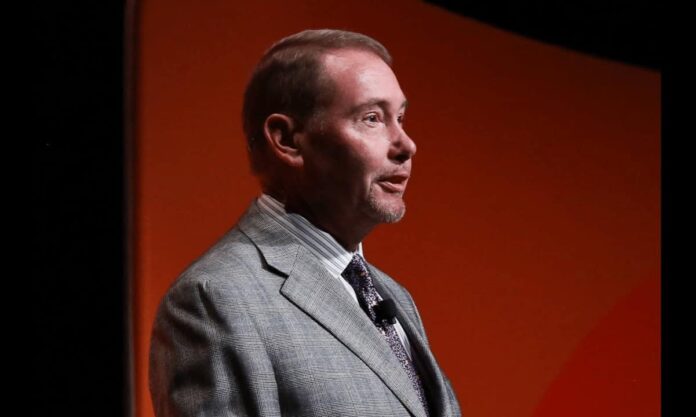Stocks fell again this morning as yet another regional bank was pushed to the brink of failure. The Dow, S&P, and Nasdaq Composite all tumbled with bank shares leading the market lower.
Last evening, California bank PacWest (NASDAQ: PACW) announced that it was considering several emergency measures to save itself, including a possible sale. PACW shares plummeted 50% after hours, dragging other small banks with it.
The SPDRs S&P Regional Bank ETF (NYSE: KRE) sunk 7% through noon today as a result. Thus far, every bank failure happened under the (not so) watchful eye of the San Francisco Fed.
Investors are now asking themselves:
How many other California banks are about to go “belly up?”
Western Alliance (NYSE: WAL) – a bank that primarily operates in California – dropped 33% today, almost matching PACW’s losses after an article in the Financial Times said that it too was seeking a sale.
WAL leadership fired back, claiming that the bank was not seeking a sale at all.
“Western Alliance is not exploring a sale, nor has it hired an advisor to explore strategic options,” read a press release from the bank.
“It is shameful and irresponsible that the Financial Times has allowed itself to be used as an instrument of short sellers and as a conduit for spreading false narratives about a financially sound and profitable bank.”
Regardless, skepticism over WAL is probably deserved. And investors should anticipate additional regional banking meltdowns according to bond king Jeffrey Gundlach.
“Leaving rates this high is going to continue this stress,” Gundlach said after PACW sent out its distress call.
“I believe with a very high degree of probability there’s going to be further regional bank failures.”
Gundlach has said for many months that the Fed should hold off on raising rates too high, as doing so would break the financial structure of America for no good reason. He has long been anticipating a stiff recession that should bring inflation lower without the Fed’s help.
But, as Federal Reserve Chairman Jerome Powell said yesterday following the Fed’s 25 basis point rate hike, Powell thinks that a recession is “unlikely” but still possible. That’s why Powell wants to leave rates high, even at the expense of smaller banks, because he needs to do so to beat back inflation.
“We on the committee have a view that inflation is going to come down not so quickly,” Powell said in his post-hike press conference.
“It will take some time, and in that world, if that forecast is broadly right, it would not be appropriate to cut rates and we won’t cut rates.”
The market didn’t take the news well and stocks finished lower on the day. Powell then ironically said, “The US banking system is sound and resilient,” just two hours before the PACW headlines hit.
And so, with the Fed seemingly unwilling to provide any relief, we agree with Gundlach in that regional banks should continue to apply pressure to markets. The market is now expecting a rate cut of some size in July (76% chance) according to the CME Group’s FedWatch tool.
Historically, it has taken about 2 months on average for the Fed to slash rates at the end of a hiking cycle, and that’s without any major banking dysfunction.
We may even see a rate cut next month if the small bank carnage snowballs further while a full-blown Fed panic sets in – something that could result in interest-rate sensitive stocks (ie, Big Tech) outperforming.








